This report is taken from PN Review 67, Volume 15 Number 5, May - June 1989.
Letter from Kathmandu
Nepal is not known to the outside world for its literature. Foreigners are quite understandably attracted here by the spectacular mountain scenery and exuberant arts and architecture. They may assume the Nepalese are too busy maintaining quaint and charming customs to produce a body of modern literature expressing moral doubt or addressing social evils.. Moreover, Nepal as a nation is poor, and becoming poorer; in a land where the literacy rate has yet to top thirty per cent, the existence of a surprisingly vibrant literary culture is not to be suspected.
Like most capital cities in this part of the world, Kathmandu is becoming untypical of its nation. While life in the hills is an unremitting struggle, Kathmandu and the other towns of the central valley are pockets of comparative prosperity. Shut off from the outside world for over a century, the city became cosmopolitan once Nepal opened its doors in 1950. It was in this year that the despised regime of the Rana families was finally overthrown and, after a brief experiment with parliamentary democracy during which writers experienced unprecedented freedom, the king again assumed absolute authority in 1960. Since then, party political activity has been strictly prohibited and, although there is a considerable degree of latitude, writers and editors are still occasionally prosecuted. In the streets of Kathmandu now, one meets representatives of all the tribes of Nepal, along with tourists, researchers and aid-workers. All of Nepal's major cultural institutions are based in Kathmandu: the national university's ...
Like most capital cities in this part of the world, Kathmandu is becoming untypical of its nation. While life in the hills is an unremitting struggle, Kathmandu and the other towns of the central valley are pockets of comparative prosperity. Shut off from the outside world for over a century, the city became cosmopolitan once Nepal opened its doors in 1950. It was in this year that the despised regime of the Rana families was finally overthrown and, after a brief experiment with parliamentary democracy during which writers experienced unprecedented freedom, the king again assumed absolute authority in 1960. Since then, party political activity has been strictly prohibited and, although there is a considerable degree of latitude, writers and editors are still occasionally prosecuted. In the streets of Kathmandu now, one meets representatives of all the tribes of Nepal, along with tourists, researchers and aid-workers. All of Nepal's major cultural institutions are based in Kathmandu: the national university's ...
The page you have requested is restricted to subscribers only. Please enter your username and password and click on 'Continue':
If you have forgotten your username and password, please enter the email address you used when you joined. Your login details will then be emailed to the address specified.
If you are not a subscriber and would like to enjoy the 292 issues containing over 11,700 poems, articles, reports, interviews and reviews,
why not subscribe to the website today?
